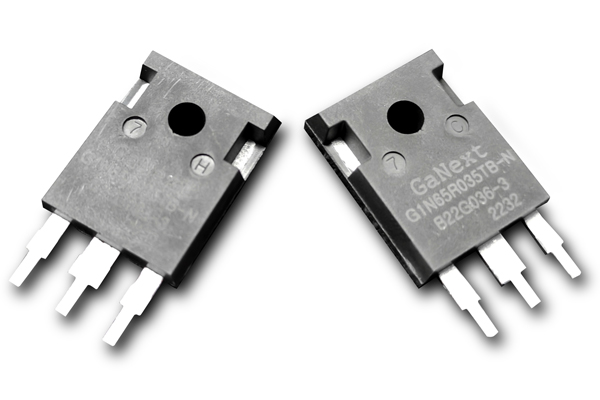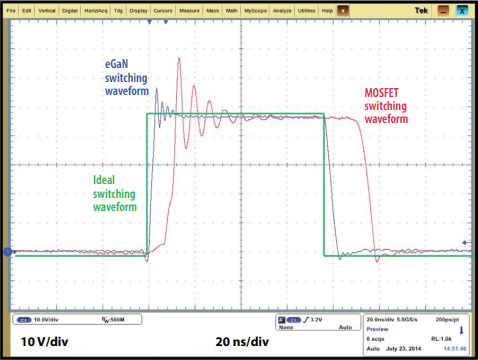GaN material stop applied to D-series amplifiers!
|
NOTE: The D series used GaN materials to apply to the D series before 2025, and the latest D series is no longer the GaN version. The content of the following article is 2024, and the actual content is based on the latest in 2025. Please verify with the business before placing an order!
There are reasons for stopping GaN. After long-term feedback from D series users, it was found that GaN applications have improved the amplifier, but the after-sales rate has also increased. In order to maintain the stability of the amplifier, we now replace GaN with the latest "silicon carbide material", which has the same excellent performance and is more stable. |
No GaN Material in the lastest D-SERIES version anymore
 |
The D series Power Amplifier of Sinbosen utilizes GaN semiconductor materials (note that currently only gallium nitride is shipped locally in China, while the gallium nitride and non gallium nitride versions from overseas warehouses are randomly shipped). This material has many advantages and is gradually being applied in audio amplifiers. |
 |
 |
| D4-3000 Amplifier Non GaN Version |
D4-3000 Amplifier GaN Version |

|
Traditionally, audiophiles have looked down on Class-D audio amplifiers because the switching transistors have never had the optimized performance to produce an amplifier with sufficient open-loop linearity to satisfy the most critical listeners. With the rapid adoption of gallium nitride transistors and integrated circuits, designers can now accomplish the required headline marketing THD+N performance targets and reduce transient intermodulation distortion to achieve the warm subtleties and color of music intended for the optimal listening experience.
|
|
Limitations of Silicon MOSFET Transistors in Class-D SystemsThe silicon MOSFET has historically been the switching transistor of choice for Class-D systems. Although they produce a more efficient amplifier, they have been plagued by distortion due to imperfect switching, high on-state resistance, and very high stored charge, which dissipates power and causes ringing (Figure 1), leading to additional sound distortion. |

Silicon MOSFETs have limitations that can affect their performance in audio applications. Some of these limitations include the following:
|
Applications for GaN in Audio Power AmplificationGaN FETs and ICs are well-suited for audio applications requiring high performance, high efficiency, and high-power output. Some of the audio applications where GaN technology is particularly beneficial include:
|
What is Gallium Nitride (GaN) Technology? Gallium nitride (GaN) is a wide bandgap semiconductor that has demonstrated the capability to displace silicon in traditional power conversion applications, including DC-DC conversion, AC/DC conversion, motor drives, and audio amplifiers, to name just a few. With higher breakdown strength, faster switching speed, higher thermal conductivity, and lower on-resistance, power devices based on GaN significantly outperform silicon-based devices. |
|
Understanding the Benefits of Gallium Nitride Audio Amplifiers
Overall, GaN devices offer improved performance, better efficiency, and higher fidelity than silicon devices for audio amplifier applications, especially those requiring high power output and high fidelity. |
|
The Future of Gallium Nitride Audio AmplifiersThe future of GaN in the audio amplifier industry looks very promising. As GaN technology continues to evolve, it is expected to become more widely used in audio amplifiers due to its many advantages over traditional Silicon MOSFET technology.
As audio technology companies continue to explore the potential of GaN-based amplifiers, we can expect to see more innovative audio products incorporating this technology in future years. |
| Contact us: Whatsapp:https://api.whatsapp.com/send?l=en&phnoe=8616676738225 Website:https://www.sinbosenaudio.com/ |










